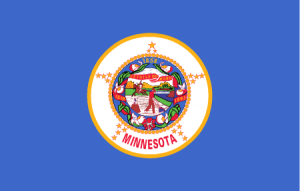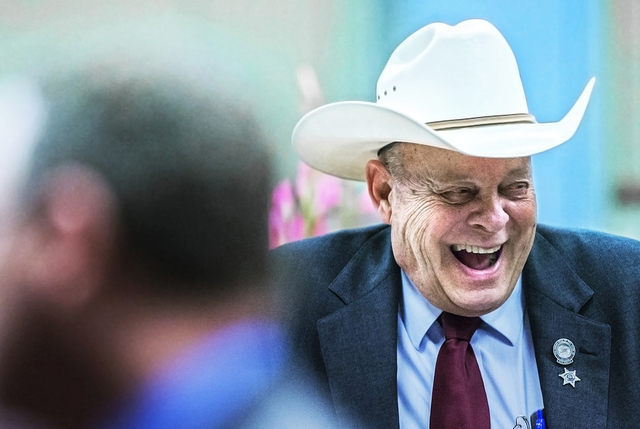Minnesota Gambling Age Change 21
The minimum gambling age in Minnesota is 18 years. Minnesota casinos that serve alcohol may impose a minimum gambling age of 21 years. Many choose to do so, while card clubs do not. List of Minnesota Casino Locations.
- The Minnesota Department of Public Safety Alcohol and Gambling Enforcement division (DPS-AGED) has suspended the liquor license of the Boardwalk Bar & Grill LLC in East Grand Forks, Minn., for continuing to violate Executive Order 20-99. The 60-day suspension is effective now until February 9, 2021.
- Once people turn 18 or 21, depending on the laws of their state, they head down to the nearest casino and enjoy their first legal gambling session. Gambling Age by State As is the case with most controversial topics, there are many different opinions on how gambling in the US should be regulated.
The 2020-2021 hockey season will be the first year with new starting dates for Minnesota Hockey’s age classifications. The modification, which adjusts the starting date of each age classification from July 1 to June 1, was approved by the Minnesota Hockey Board of Directors at its Summer Meeting in 2019 and officially goes into effect this season.
The change is designed to provide players born in June with the ability to play with their classmates.

“One of the greatest attributes of our community-based model in Minnesota is the opportunity for players to play with classmates and friends throughout their youth hockey career,” said Minnesota Hockey President Steve Oleheiser. “The action of changing the cutoff birthdate by the Minnesota Hockey Board of Directors reaffirms the commitment of the board to our model and allowing players to play with their classmates and friends.”
Since the modification was announced last fall, a number of questions have been raised about how it would impact players and associations. Below are a few of the most common questions and explanations.
Who is this classification change supposed to help?
Previously, players born in June, who started kindergarten at age 6, were forced to play in an age classification one year above their grade level and were forced to move up to high school as ninth graders, ahead of their classmates. The modification will align June birthdays with July and August birthdays, ensuring more players have a positive youth hockey experience and providing a smoother transition to high school hockey.
How will this impact players the rest of the players born in June?
There are four potential scenarios of how this classification change will impact players born in June. Please note that since Minnesota Hockey has two year age ranges players are only subject to these scenarios every other year.
Minnesota Gambling Age Change 21 Inch
Scenario 1: Player started kindergarten at age 6, and the player wants to “stay down” to skate with his/her classmates. This is the group the modification impacts most significantly as these players are now aligned with their classmates.
Scenario 2: Player started kindergarten at age 6, and the player wants to “move up”. Players in this situation would be subject to association move up policies.
Scenario 3: Player started kindergarten at age 5, and the player wants to “move up” to skate with his/her classmates. Minnesota Hockey rules require associations to make accommodations for players with June, July or August birth dates that start school on time and desire to play up so they can participate with their classmates.
Scenario 4: Player started kindergarten at age 5, and the player wants to “stay down”. With the new classification dates, players and parents now have this option.
For example, let's examine June 2009 birthdays who are on the cusp of Squirt/10U or Peewee/12U hockey this year. Under the old rules, a significant portion of players with June birthdays would have been forced to play Peewee/12U despite being in 5th grade, and would have had no option to play with their classmates. Here are how the new rules will impact this group of players.
Scenario 1 (June 09's): Player is a 5th grader and is classified as a Squirt/10U, which would now put the player with his/her with classmates.
Scenario 2 (June 09's): Player is a 5th grader and is classified as a Squirt/10U. Since the player is now at the same age group as his/her classmates, any request to move up would be subject to association policies.
Scenario 3 (June 09's): Player is a 6th grader and is classified as a Squirt/10U. This player’s classmates have moved up to Peewee/12U so if the player chooses, he/she must be allowed to move up to Peewee/12U.
Scenario 4 (June 09's): Player is a 6th grader and is classified as a Squirt/10U. This player can choose to stay at his/her classified age group even though his/her classmates are now at the Peewee/12U level.
Why doesn’t Minnesota Hockey use a January 1st cutoff like most other sports and other parts of the country?
Minnesota Hockey has historically aligned its age classifications with school age cutoffs, rather than the birth year age range (Jan. 1 – Dec. 31) utilized in other parts of the country, with the purpose of allowing kids to play hockey with their friends from school. Placing an emphasis on fun, friendship and community from the moment kids touch the ice plays a key role in the success of Minnesota’s hockey culture and our community-based model.
If the goal is to mirror school ages, why not use September 1st as the date?
Minnesota Gambling Age Change 21 9


Originally, Minnesota Hockey’s classification cutoff date was September 1, which mirrored school age classifications.
When USA Hockey moved its classification dates to July 1 during the 1990’s, Minnesota Hockey adjusted to July 1 as well, with the purpose of aligning with the national classifications. USA Hockey later reverted to using birth years (Jan. 1) for age classifications, but Minnesota chose to stay with the July 1 cutoff as it accommodated players with birthdays in August and July who started kindergarten a year later.
What prompted this change and why implement it now?

Minnesota Hockey reviewed, discussed and researched this topic multiple times over the past decade. The two key components for implementing the change now was a combination of data showing the percentage of May through August birthdays that choose to start kindergarten at age five or six and increasing support for the change from association leadership across the state.
Surveys of current hockey players with summer birthdays have shown the more natural breaking point for a cutoff is June 1 as a significant percentage of June birthdays start kindergarten at age six, similar to August and July birthdays, while very few May birth dates start at age six.
What are the official age classifications for the 2020-2021 season?
In addition to raising the state's tobacco age to 21, the bill:
- Funds services to help people quit smoking, ensuring Minnesota won't become the lone state without a statewide quit-smoking service.
- Dedicates delinquent settlement fees to heath services so the state can continue to provide tobacco prevention services.
- Expands the smoking definition to include e-cigarettes, ensuring e-cigarettes are prohibited where smoking is prohibited.
'Thank you to Chair Liebling and the Minnesota House for sending a clear message that the health of our kids and our neighbors is more important than tobacco industry profits,' Molly Moilanen, Vice President at ClearWay Minnesota and Co-Chair of Minnesotans for a Smoke-Free Generation, said in a news release after the vote.
'People from across our state agree that we can do more to address the devastating harm of tobacco use and this bill is a huge step in the right direction. Right now, Minnesota is losing ground to the tobacco industry and we are facing a youth nicotine epidemic. Through these provisions, Minnesota can stop kids from ever starting, help adults quit smoking and keep our air clean.'
Minnesotans for a Smoke-Free Generation said tobacco is the leading cause of preventable death and disease, costing residents an estimated $7 billion annually and taking the lives of more than 6,300 Minnesotans every year.
The bill will now head to the Senate.